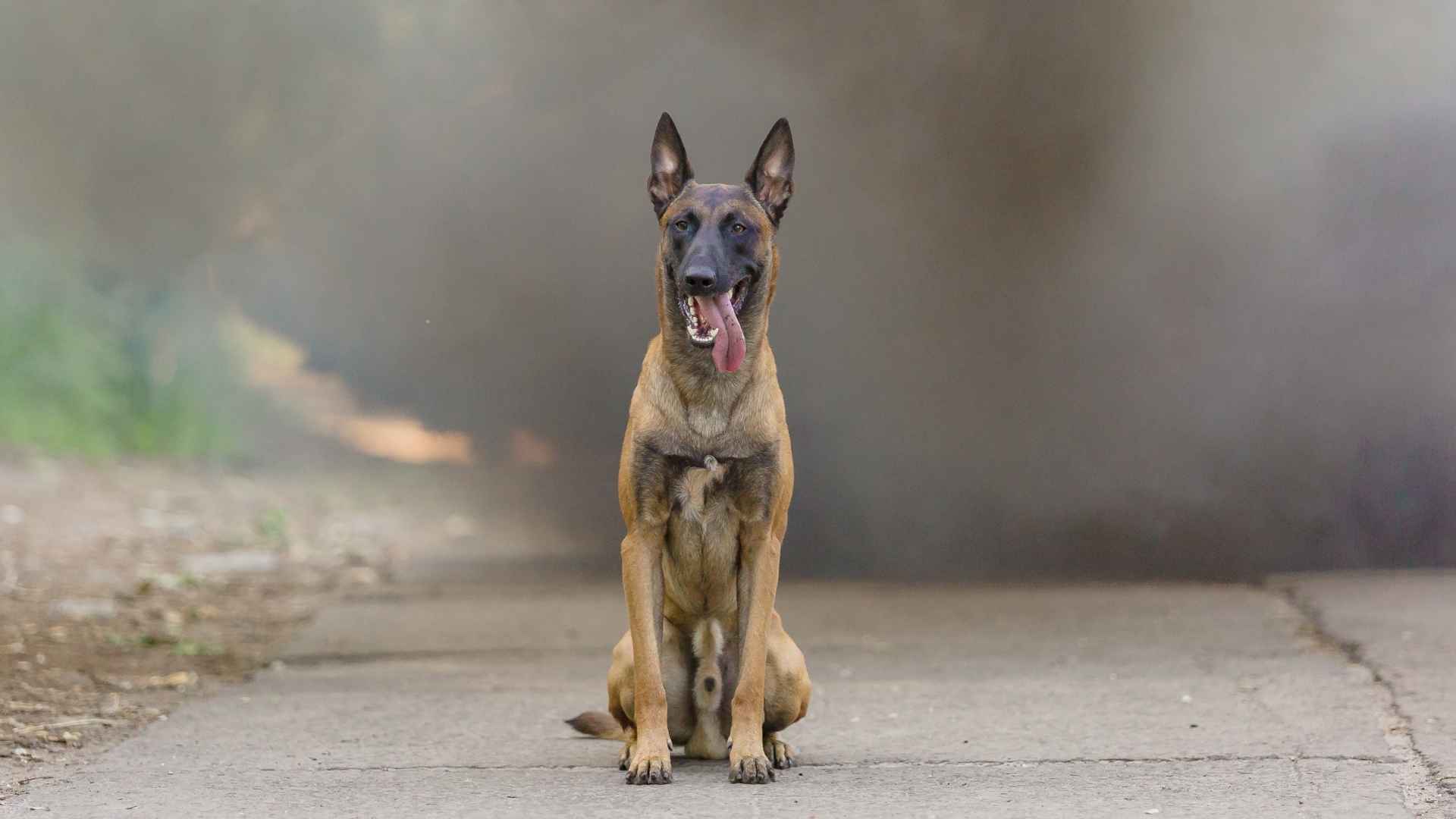If disaster struck in the middle of the night, would your dog know what to do? More importantly, would they protect you?
While many breeds are loving and loyal, only a few stay sharp when adrenaline spikes. These dogs recognize stress signals, sense danger before it’s obvious, and act fast when their family’s at risk. They don’t hesitate.
They don’t need commands. They step forward when others freeze. Not all dogs have that instinct, but some were bred for it, trained or not. Whether it’s a break-in, a house fire, or a natural disaster, these dogs are often the silent heroes.
Coming up, we’ll look at dog breeds that are known to protect families in emergencies, and what sets them apart when it truly counts.
Dog Breeds That Protect Families In Emergency Situations
1. German Shepherd
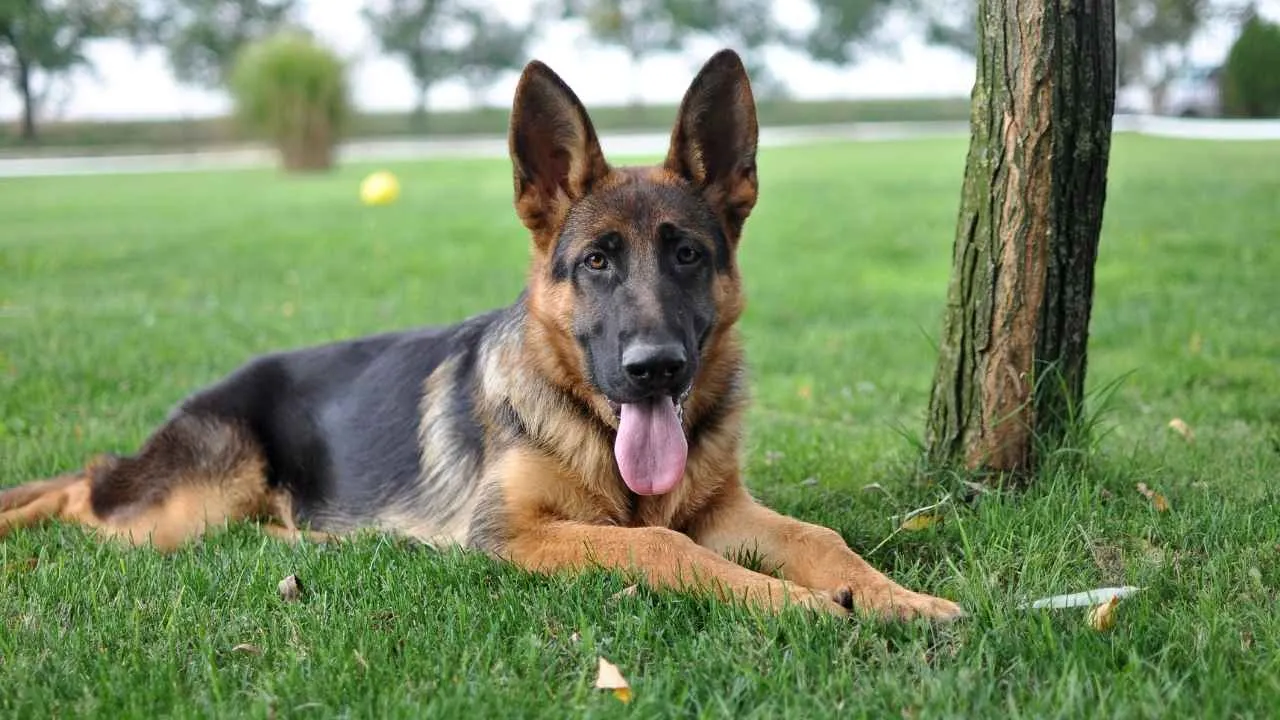
German Shepherds are known for their rapid decision-making when unexpected situations arise. Whether it’s an open gate or a loud crash, they instantly scan for threats. Their ability to identify abnormal behavior in both humans and animals makes them a reliable protector.
Emergency-Specific Intelligence
They’re trained by rescue units for a reason — this breed can process commands during high-stress moments with clarity. In situations involving fire, intrusion, or confusion, they don’t freeze or panic. Their mental discipline helps them act independently when every second counts.

Protective Physical Action
In emergencies, this dog doesn’t just bark — it takes physical steps to block, intercept, or herd family members away from danger. It will instinctively shield children or smaller pets during chaotic moments. Few breeds are as assertive in direct contact situations.
Awareness Beyond the Household
Their guard drive extends beyond the front door — German Shepherds keep track of movement near vehicles, gates, and even other animals nearby. They maintain a full mental map of their space and respond immediately when something shifts. These instincts activate even without formal training.
2. Boxer
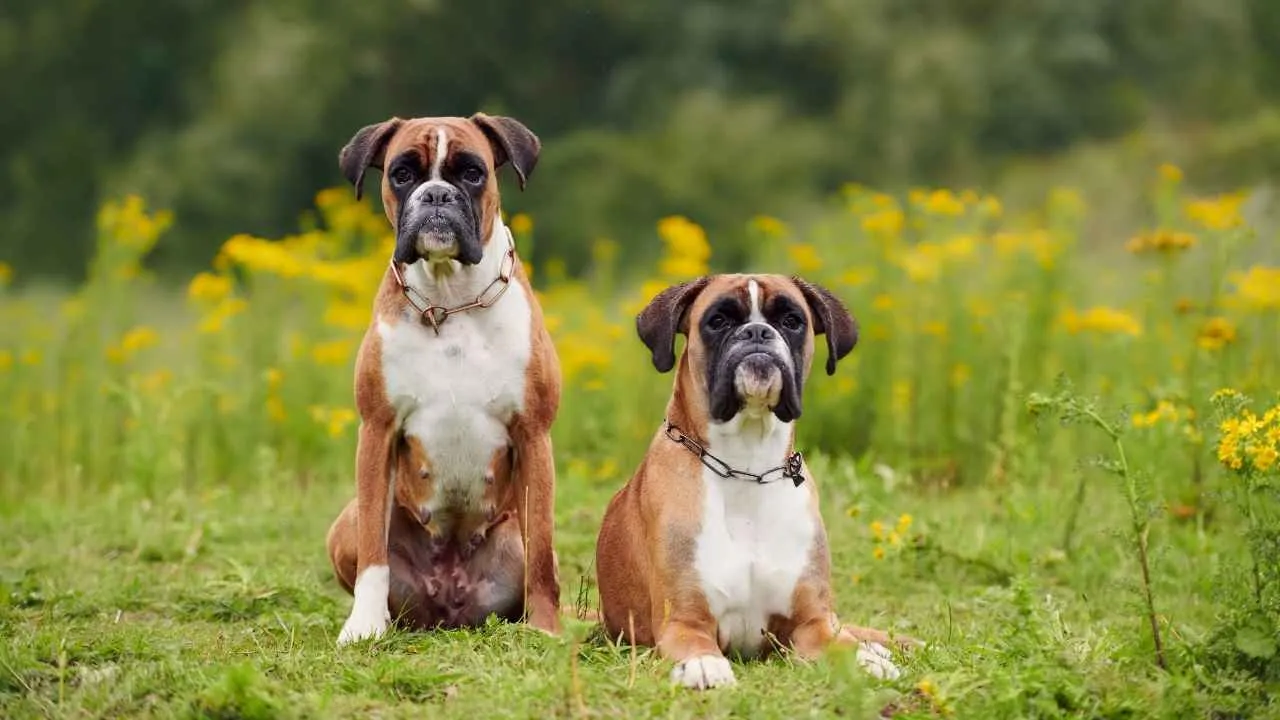
Boxers are tuned to sudden environmental shifts, reacting quickly to loud sounds or unfamiliar entry points. Their head stays high during movement, tracking changes without losing control. This makes them well-suited to detect emergencies like break-ins or fire movement early.
Barrier Instincts
They use their body as a blockade, often placing themselves between family members and potential threats. This instinct activates even without prompting, especially around children. Their strong stance and balanced frame help them hold off larger threats until help arrives.
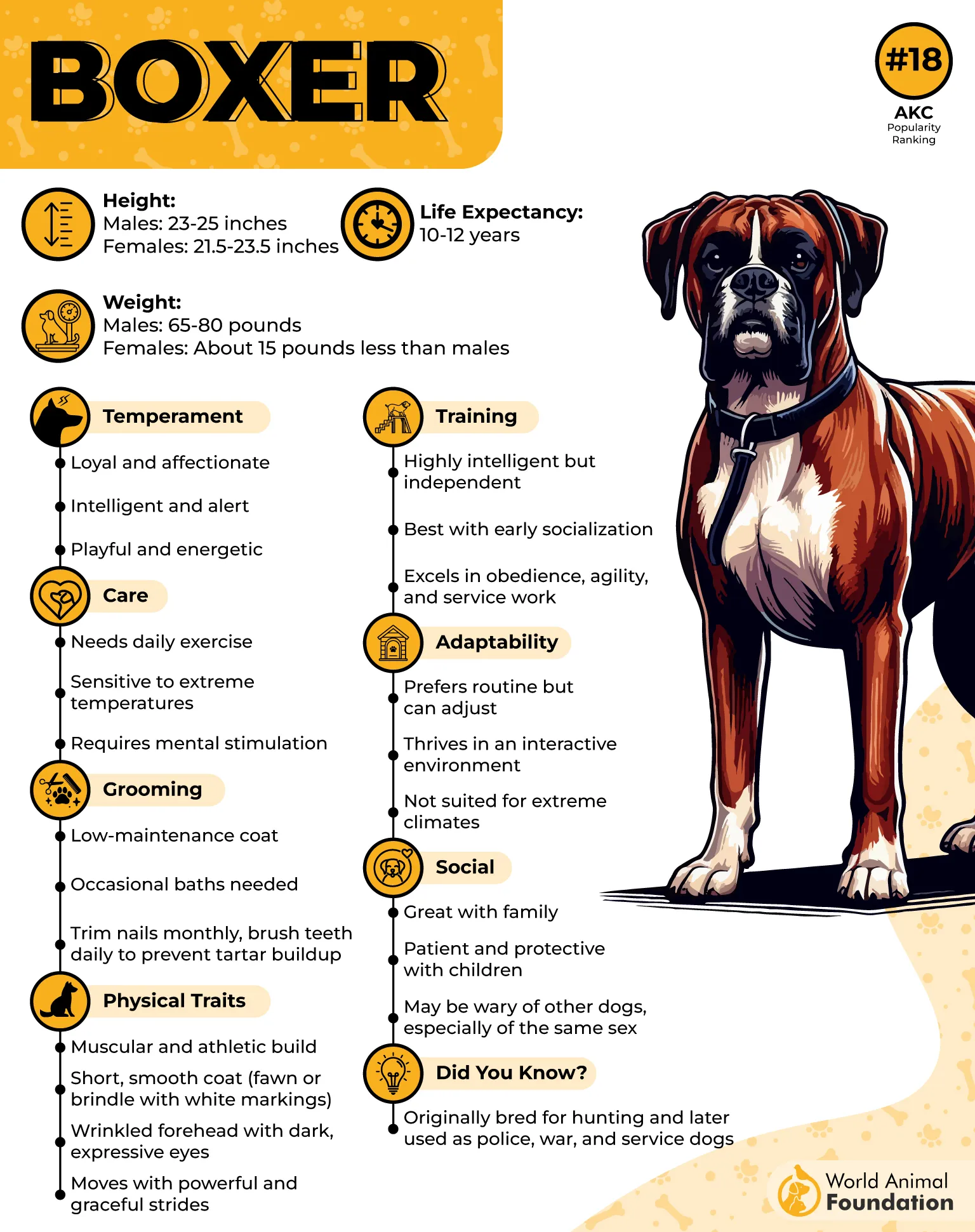
Managing Intensity with Direction
Boxers are energetic, but they require proper training to shape their reaction during emergencies, as mentioned in PetMD. Once guided, they develop the ability to redirect their drive into focused protection. That balance is what makes them both playful and practical around households.
Territorial Drive with Social Sensing
Their protective nature includes monitoring entry points, exits, and movement around familiar zones. While often friendly toward other dogs, they become highly alert when something feels off. This sensitivity can be essential when every second of warning matters.
3. Staffordshire Bull Terrier
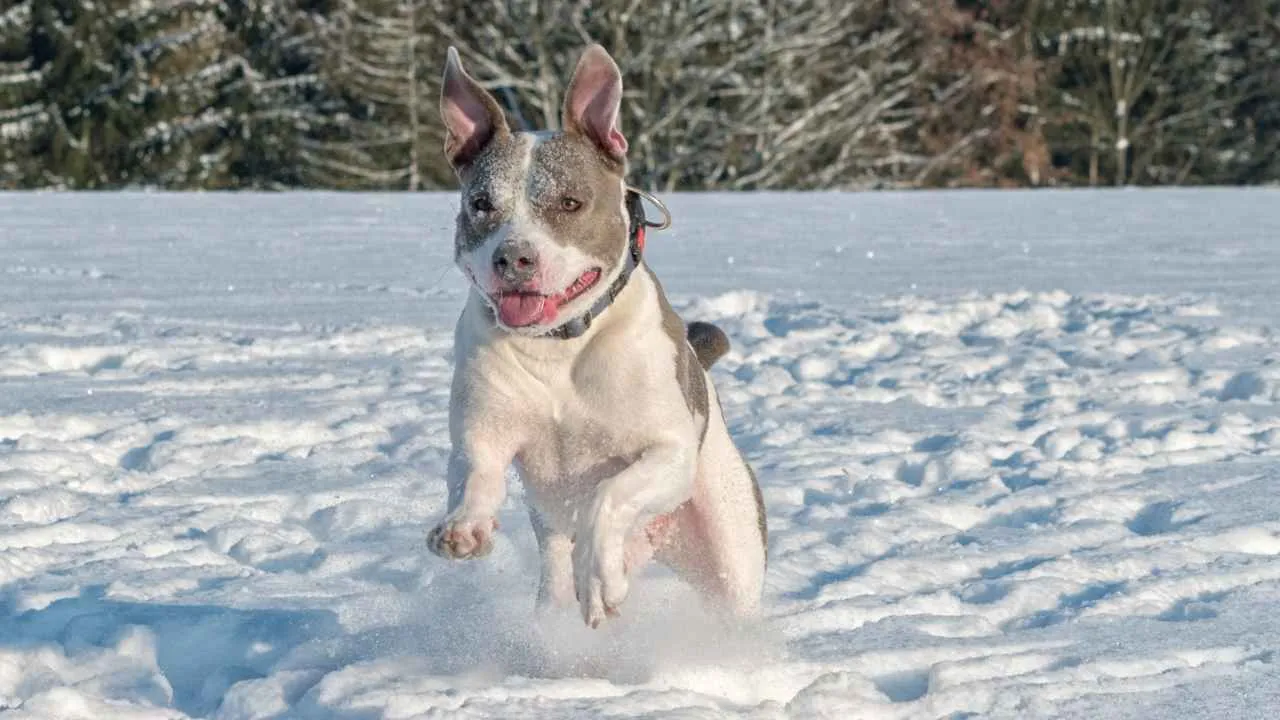
Staffies have a fast-reacting defense mode that triggers the moment tension rises inside the home. Raised voices, strange footsteps, or panic sounds are all cues. Their compact frame and strong jaw give them the physical tools to act quickly if a threat is sensed.
Body-Blocking Behavior
They’re known to physically stand between loved ones and perceived danger, especially in confined spaces. Whether it’s a broken door or a stranger entering unannounced, they act without needing direction. This silent barrier instinct makes them a good guard dog for indoor environments.
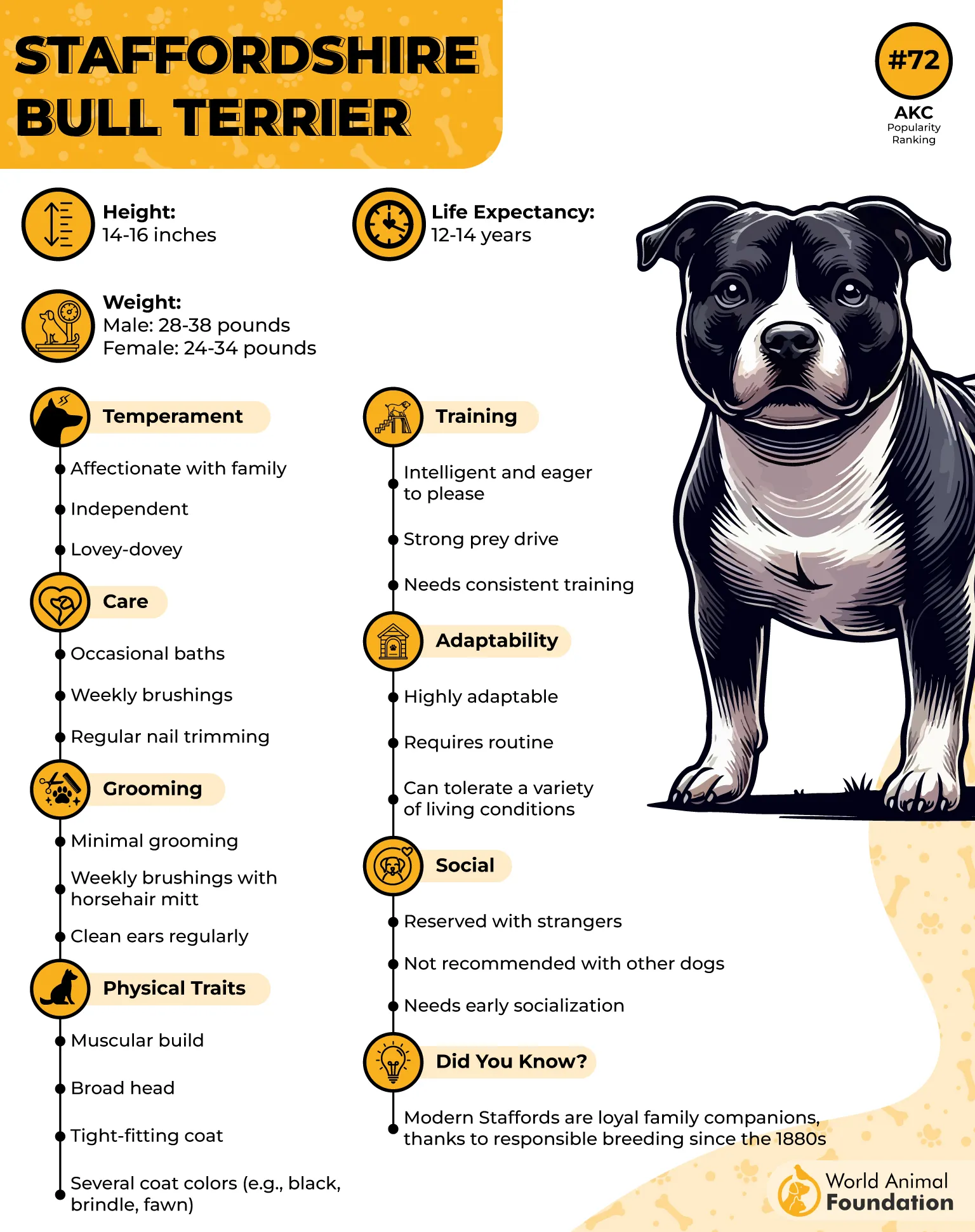
Emotional Readiness
Unlike breeds that rely heavily on training, Staffies pick up on emotional cues with surprising accuracy. They mirror human stress and react defensively when a family member is distressed. This behavior applies whether the person is alone or with other pets in the room.
Safe Zone Awareness
These dogs memorize entrances, hallways, and rooms, and respond if those spaces are invaded during high-stress events. Their sense of loyalty is so strong, many act independently during emergencies. This instinct is one reason they’re deeply trusted as family pets.
4. Bullmastiff
In high-risk situations, Bullmastiffs react with direct force by positioning themselves between the family and the threat. Their size and muscle help them restrain intruders. During emergencies, they’ve been known to intercept danger before commands are even given.
Silent, Steady Watchfulness
They are often seen standing still in front of doorways or gates when movement outside changes. That stillness comes from instinct, not uncertainty. Families often rely on their physical presence to monitor their surroundings when everyone is occupied.
Protective Action Without Delay
These dogs are naturally protective and act fast if they sense rising tension in their environment. They often block entrances or herd children to safer areas. Their decisions in those moments often reduce risk before it escalates.
Retained Drive from Lineage
They were originally bred to assist English gamekeepers by stopping intruders without excessive noise, as stated in the Zealandia Pets. This heritage shaped their calm strength under pressure. That same control remains helpful in today’s household emergency scenarios.
5. Belgian Malinois
Known for their razor-sharp focus, Belgian Malinois can respond with precise action in chaotic situations. Their uncanny ability to assess threats in seconds is trusted by professionals. They rely on quick physical cues and changes in tone to shift from standby to active defense.
Movement-Based Defense
If a door is breached or a stranger enters the property, they don’t hesitate to position themselves between danger and the family. Their strong body language acts as a warning long before contact. This allows them to de-escalate threats with movement and presence alone.
Internal Drive to Guard
These dogs are born with intense guarding instincts that don’t require excessive training to surface. Even in new environments, they naturally secure entrances, follow children, and monitor human emotion. This self-driven alertness makes them an excellent guard dog for unpredictable settings.
Field-Tested Responsiveness
Their use as police dogs is rooted in real-world performance under stress and command. They can switch from protective to obedient mode without delay or confusion. These instincts stay active even at home, especially in loud, chaotic, or emergency scenarios.
6. Doberman Pinscher
Dobermans are hyper-alert to changes in tone, speed, or physical behavior from strangers or family members. This sensitivity helps them assess danger fast and intervene before the situation escalates. Their deep focus and quick reaction make them highly dependable in unpredictable conditions.
Precision-Driven Obedience
In high-stakes moments, Dobermans follow commands without second-guessing — even amid chaos or conflicting sounds. Their natural discipline shines when reacting to sudden movements or loud disturbances. That responsiveness has made them reliable during search and rescue missions in urban areas.
Physical Shield and Response
Muscular and agile, they use their body as a shield when someone in the family is at risk. They stay in front of entrances, block intruders, and isolate hazards with calculated movements. These traits define their strength as a protection dog built for real-life action.
Tactical Awareness Indoors and Out
Dobermans remember entry points, weak zones, and even family routines, allowing them to recognize unfamiliar patterns. Their loyalty extends to vehicles and property boundaries, too. Among family guard dogs, few match their mix of intelligence and physical presence.
7. Rottweiler
Rottweilers act fast during high-tension moments, often placing themselves between family members and perceived danger. Their ability to assess movement and noise changes is extremely sharp. These dogs are known to react to environmental shifts within seconds of detection.
Driven by Loyalty and Instinct
Their protective instincts are deeply embedded and activate without hesitation during unexpected situations. They often remain near entry points or follow the youngest family member around the house. This constant vigilance creates a mobile shield effect during emergencies.
Control with Strength
The breed’s body structure provides a huge advantage when real force is needed to deter threats. Their intimidating appearance alone has been enough to stop intruders mid-action. They are physically capable of pinning down or blocking larger threats with precision.
High Energy, High Readiness
Rottweilers require mental focus and physical stimulation to maintain peak responsiveness, as per Vets Love Pets. This engagement keeps their senses active and tuned to unusual patterns inside and outside the home. Compared to other breeds, their threshold for action is lower when danger is sensed.
8. Giant Schnauzer
The Giant Schnauzer has a natural drive to intercept fast movement near its home or handler. In emergencies, this instinct kicks in to stop unfamiliar entries. It uses its body to create a physical barrier, forcing threats to slow down or change direction.
High-Alert Sensory Response
This breed stays mentally locked in even during chaos — it scans sound patterns, movement shifts, and unusual smells. That environmental sensitivity gives it a reaction edge. It won’t wait for a signal if it senses urgent movement near family.
Protective Drive Toward Family
When adrenaline spikes in a household emergency, this dog focuses solely on people it considers part of its unit. It stays in motion, circling or standing in key entry points. The purpose is to create distance between loved ones and whatever danger is unfolding.
Utility in Varied Terrain
This is one of the few large breeds that move fast in both indoor and outdoor emergencies. Whether a gate swings open or someone falls, it adapts quickly. Sharp paws, strong limbs, and quick strides allow it to navigate tight corners or stairs under pressure.
Conclusion
Not every hero wears a vest—but some have fur, a loud bark, and an instinct to protect. These breeds don’t just guard the door; they protect livestock, respond fast, and comfort the family through it all.
From rescue dogs trained to serve to service dogs working quietly in the background, their roles are as real as their loyalty. Many are gentle giants, calm around kids, yet fearless in chaos. Some are incredibly affectionate.
Others are great family dogs with strong boundaries. Whether you want a large dog or a steady guardian, these protectors never need to be told twice.


